New 2012 Introductions
New introductions primarily from our own wild seed collections that will become available during the course of the new season. Here divided into 3 sections:
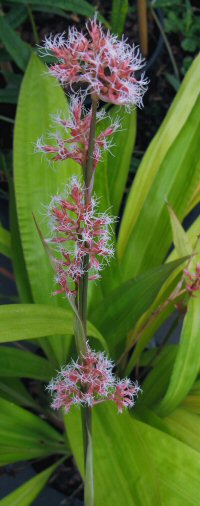 |
It is not often that we introduce a grass even if it is a sedge, Carex scaposa KWJ12304 is not only an exception, but is exceptional. Originating from that beloved mountain that I keep on whittering on about, Fansipan in the very north of Vietnam. For us it has formed tight tussocks, 40-50cm tall of broad (probably very for a sedge) at 5cm, pleated or conspicuously veined leaves, spreading to around 60cm (2ft) wide since 2007. Undoubtedly it will be declared as one of the most ornamental of its genus, as not only is the foliage ornamental, but the pink inflorescences which are retained for months are, I suspect as good as it gets.
|
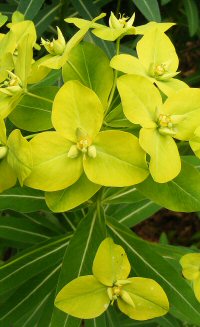 |
We do not come across many Euphorbia on our travels, but on finding Euphorbia pallasii BSWJ8575 in the forests of Korea we were reminded of those that we had seen and collected in the Himalayas. For us it has made itself at home forming a good sized clump of long upright stems to around a meter long with deep green foliage with contrasting venation, all topped by an acid yellow inflorescence.
|
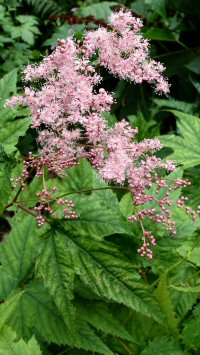 |
From the cold forests of Aomori in the north of Honshu, Japan we were fortunate to find large colonies of tall upright wiry stems bearing large palmate leaves below a haze of frothy seed-heads, which on flowering were revealed to be Filipendula multijuga BSWJ10950 a pink flowered species, another chunky perennial to accompany blush pink flowered F. yezoensis also collected from this area.
|
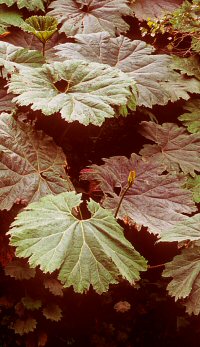 |
We have been playing with Gunnera killipiana BSWJ9009 for many years, inducing it to bear seed so we can satisfy the inevitable demand for such an ornamental and majestic introduction, originating from one of our collections from the volcanic slopes of Guatemala in 2001. It may not be as large as other species in cultivation at around 1.5m tall, but the leaf venation is ornamentally emphasised in red hues, this combined with a red long conical inflorescence places this high in the ornamental ranking.
|
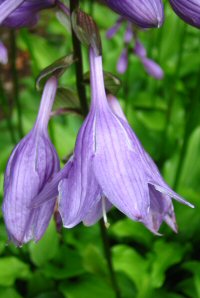 |
Hostas are not the easiest plants to identify such is/was the case with Hosta aff. rhodeifolia BSWJ10862 another collection from the north of Honshu. It is without doubt a very garden worthy species affording a generous floral display with tall scapes to 1m with a terminal raceme of funnel-shaped purplish flowers in July-August.
|
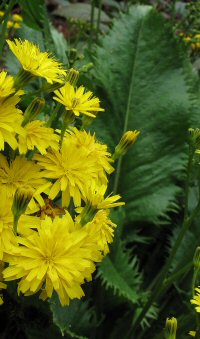 |
From good company, as can be seen from our new woody introductions, originating from the lofty volcanic slopes of the Azores Leontoden rigens BSWJ12527 did not take long to make itself at home here in one of our stock fields. Flowering for months on end until the first hard frosts curtail the display of fine yellow ray flowers held in wide dense corymbs, above the large paddle-shaped leaves, serrated so deeply they appear ragged at their edges.
|
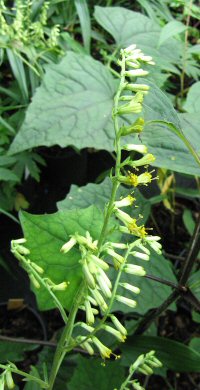 |
From even higher mountains of Ehime, the north-western part of the Japanese island of Shikoku, comes another ray-flowered perennial species, Parasenecio farfarifolia CWJ12844 formerly Cacalia. Preferring some shade as do so many of these finer quality Asteraceae, taller and more robust than most we grow bearing terminal panicles of yellow-white flowers above the deeply serrated variable shaped foliage.
|
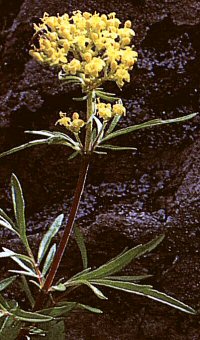 |
Patrinia rupestris BSWJ12654 is attracting some attention from scientists regarding compounds discovered in its roots. We collected the seed because of its more aesthetic attractions with a more finely divided lacy foliage than other species we have encountered. Only forming a short plant to 20cm with a broad cyme of yellow flowers, where we gathered the seed, although it is described as being capable of attaining a metre.
|
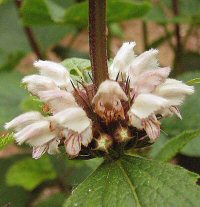 |
Phlomis breviflora HWJCM250 on the other hand is normally around a metre tall for us growing in a rather exposed field since we collected and germinated the seed back in 1995/6. It may not be the most stunning floral display, but the short white to blush flowers are pleasant enough combined with the plant’s structure and foliage.
|
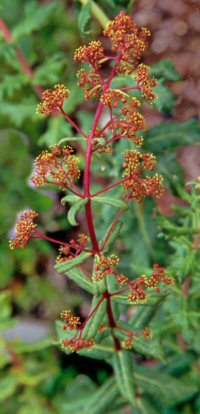 |
Of the same ilk I suppose is Rhodiola yunnanensis BWJ7941 which has shared the same field, while we have slowly built up stocks since my collection in China back in 2000. Affording us a muted display with its combination of yellowish terminal long panicles on bright red leafy stems.
|
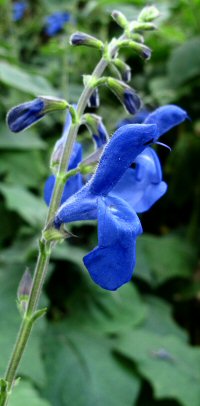 |
Salvia seboana BSWJ10236 is a name change out of the blue, pun intended. One of the best hardy species introduced in recent year, even if I have to sing our own praises, under the name of S. vitifolia. Which is apparently only half the size of this new species, only described to science as recently as last November.
|
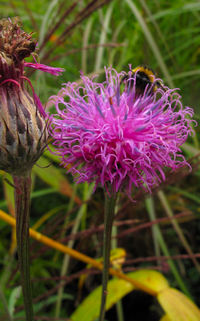
|
Hardiness certainly is not the problem with Klasea coronata ssp. insularis BSWJ12672 as this collection was gathered from the challenging conditions of Waraksan, a mountainous area of the cold interior of South Korea. A tall species with lyre-shaped leaves which are white below, drainage is all important with the likes of these.
And so it is with Solanum elaeagnifolium, a kind donation from a colleague. With dusty foliage sunlight and drainage sounds imperative.
|
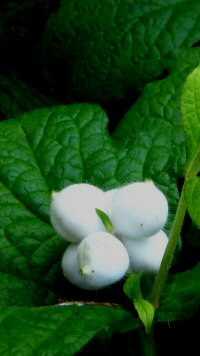 |
The herbaceous members of the honeysuckle family are more intriguing that beautiful, although the display of red fruit we obtain from Triostemon himalayanum has been stunning for many years when grown in good light. Therefore we are trying our hand with the white fruiting Triostemon pinnatifidum, which incidentally hybridises with the former.
|